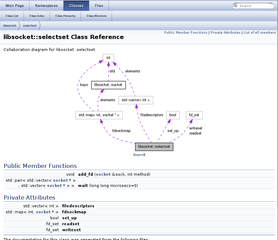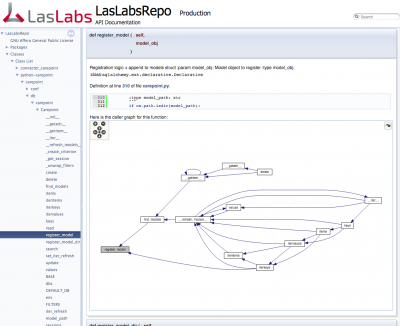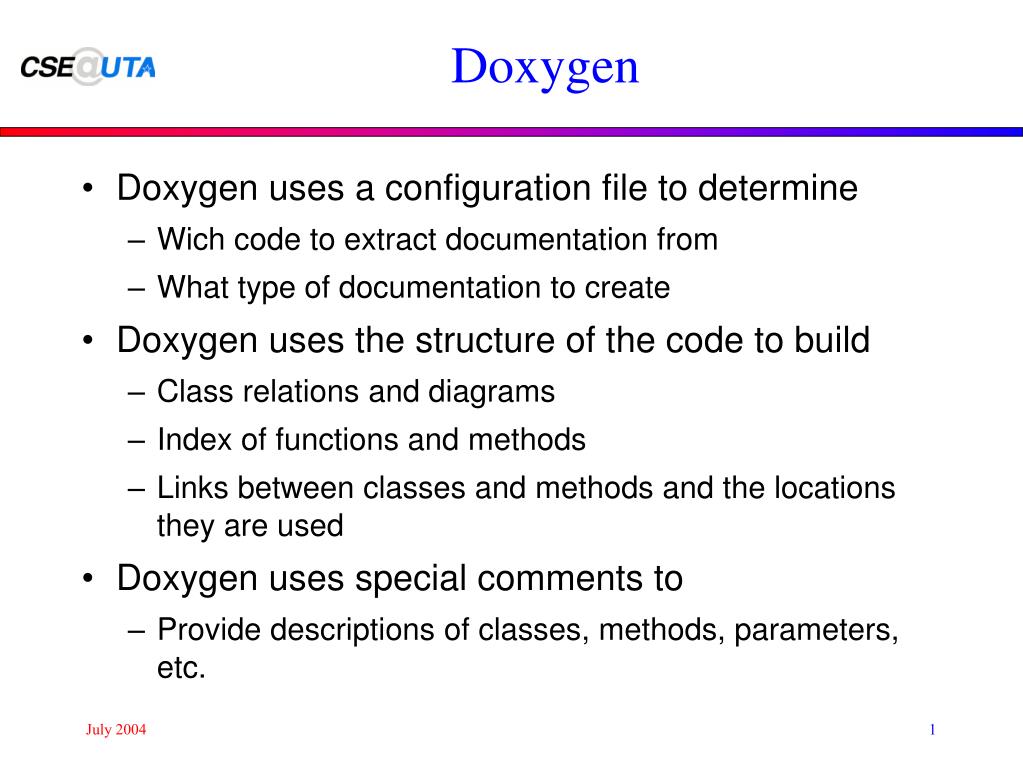


Macro expansion can be done in a controlled If set to NO (the default) only conditional # If the MACRO_EXPANSION tag is set to YES Doxygen will expand all macro # evaluate all C-preprocessor directives found in the sources and include # If the ENABLE_PREPROCESSING tag is set to YES (the default) Doxygen will # If the EXTRACT_PRIVATE tag is set to YES all private members of a class # are defined before the preprocessor is started (similar to the -D option of
#Doxygen csharp code#
(By way of comparison, VSDocMan processes the source code above exactly the way you want it to: only the explicitly public class and struct are documented, with no mention of either the explicitly, nor implicitly, internal classes or structs.)Īddon to Mac H's answer, you have to set these additional configuration parameters to make it work: # The PREDEFINED tag can be used to specify one or more macro names that So, you can get some of the behavior you are looking for by using C#'s explicit internal access modifier, but not necessarily all of the behavior you are looking for. However, you do still get the explicitly internal classes and structs in Doxygen's list of classes under "Namespace Reference:" class ExplicitInternalClassīut note that the "More." link to the actual documentation (as well as the link available in the associated class/struct name) is not available for the first two.

Gets you this Class List in Doxygen's output: C ExplicitPublicClass I should be documented.Ĭ ExplicitPublicStruct I should be documented.Ĭ ImplicitInternalClass I should NOT be documented.Ĭ ImplicitInternalStruct I should NOT be documented. However, if you explicitly use the C# internal access modifier, Doxygen respects it (to a degree). Doxygen apparently thinks the default for C# classes and structs is public, not internal, and will document them as such.


 0 kommentar(er)
0 kommentar(er)
